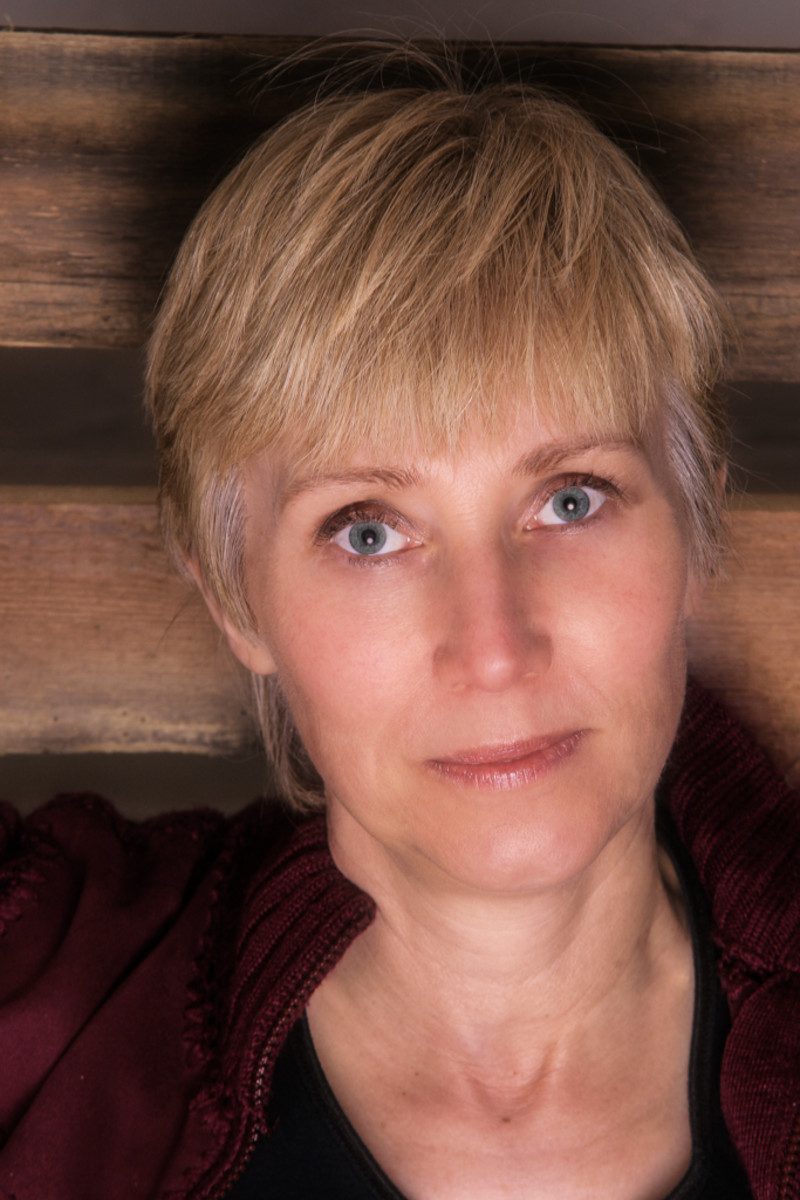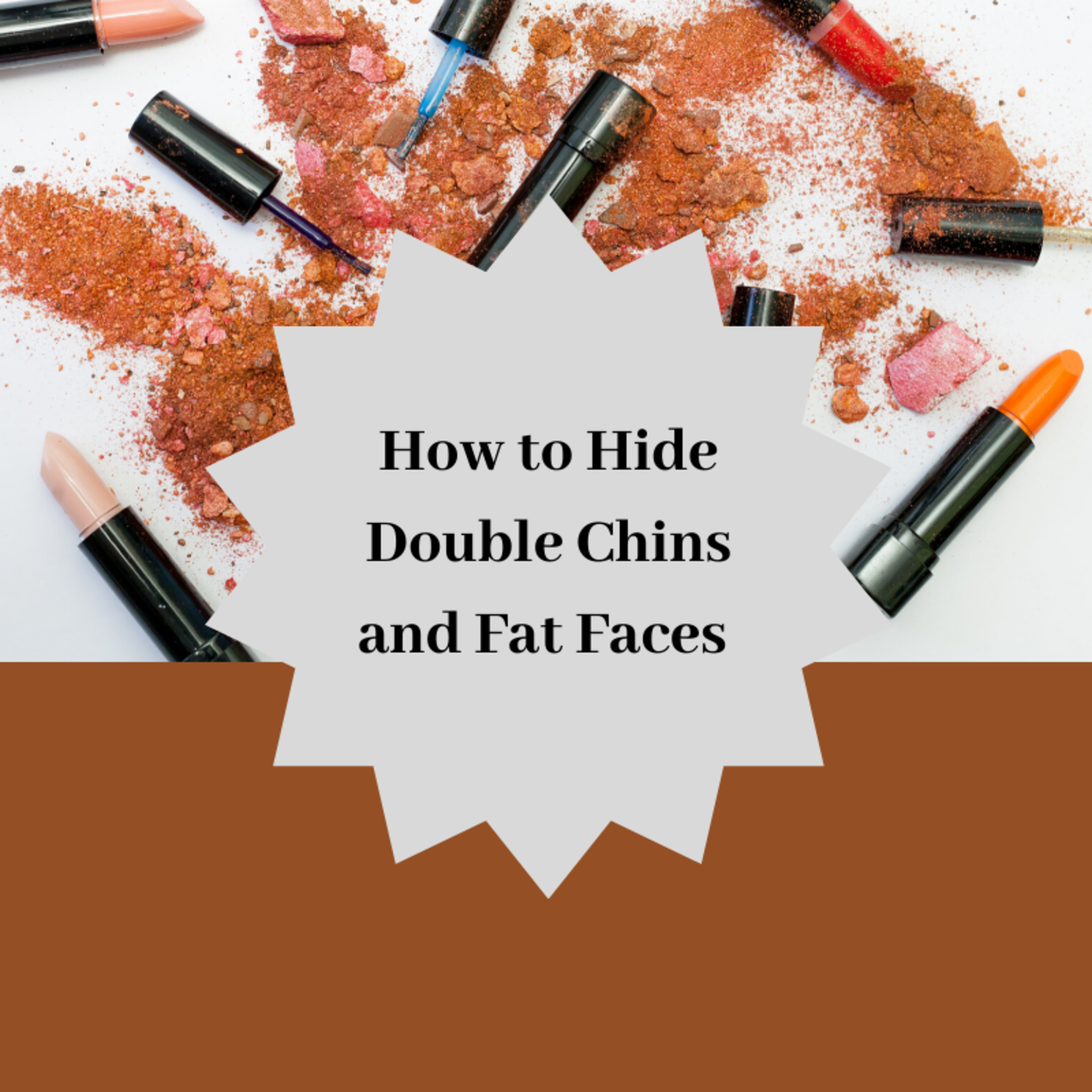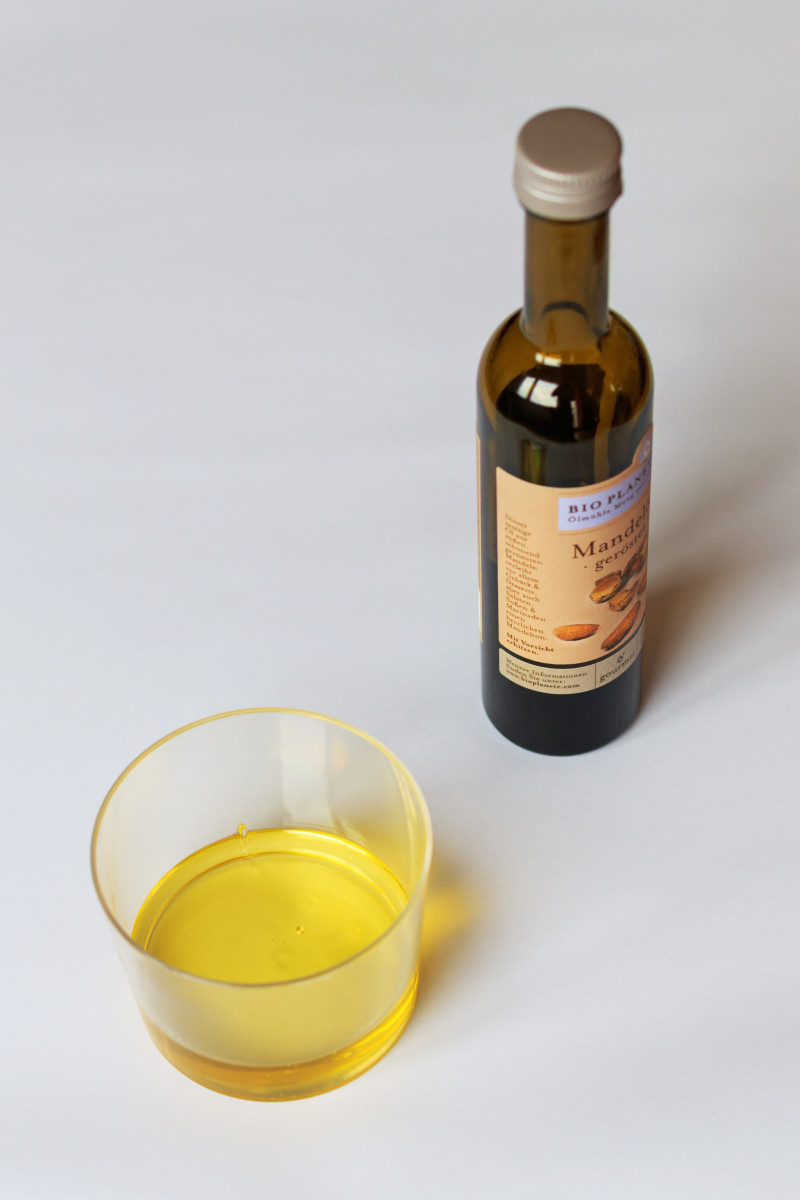How to Get Healthy Younger looking Skin


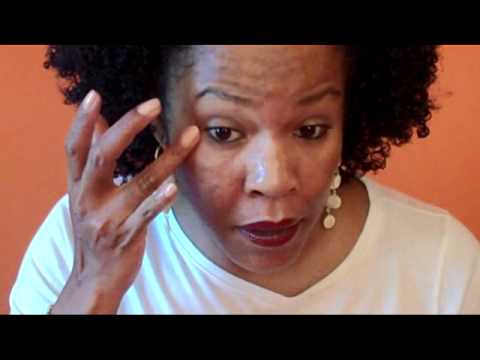
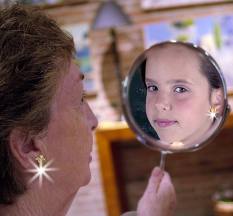
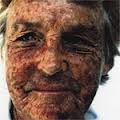

More Useful Articles On Health: By Tobusiness
For A Younger Skin (1)
As we grow older, the time comes when we will want to stop or slow down the ageing process. Many of us are striving to retain a youthful and younger looking skin, or find ways to turn back the clock.
Gradually we begin to notice the effects of gravity and time on the body, especially the skin of the face as fine lines become more prominent; we tend to dismiss those new lines as laughter lines. But as time takes its toll, the skin starts to lose much of its elasticity, and we can no longer dismiss the signs of ageing.
For some, this is seen only as part of the natural cycle of life. We born, and we grow old. We embrace the signs of age almost like a badge of honor, every line has been hard earned. But what if we could banish those lines and feel healthier in the process.
As those laughter lines continue to multiply and deepen into wrinkles, many of us will be actively looking for ways to improve our health and achieve a younger looking skin.
To get a good idea and really see how much or how little gravity has affected the face, there is a trick you can try.
Lie down flat on your back across your bed, lower your head over the edge and hold a mirror above your face. For those of us over a certain age, this little test can prove to be very telling and quite motivating.
Exercise- the right exercise, can help to rejuvenate the face, exercise will not improve the skin's texture, and for some, the facial exercise programme can prove to be hard to maintain.
So what else can be done to give nature a little help before resorting to botox, or seeking out the Plastic surgeon and his trusted scalpel? It is well worth taking a look at some other ways to maintain your health and retain a youthful looking skin.
Cosmetic surgery, although useful in removing some of the signs of ageing, should not be the first stop for anti-ageing intervention and treatment.
Before considering surgery, some strategies can be used to slow down or block the ageing process. Therefore, we should look at why our skin age.
What Makes Our Skin Look Old
Extrinsic Causes
Damages and changes to the skin such as thinning, loss of elasticity, lines and wrinkles, although age-related, in that, it is typically seen in ageing people, are not caused by ageing.
There are people over the aged of 70 years, who still have smooth, unlined skin, on areas of their body. These are usually the parts of the body that are not ordinarily exposed to the sun.
Around 80 or 90 per cent of ageing occurs from outside the body. This is mainly due to exposure to sunlight, and is known as “photic ageing” It is believed that up to 90% of thinning and wrinkling of the skin is caused by sunlight. However, there is no need to avoid the sun altogether. Sunlight on the skin provides vitamin D, which reduces the risk of osteoporosis and some cancers, many people do not get sufficient vitamin D. The first step to slowing down ageing should be a good UV filter, this can slow ageing of the skin by a massive 80%
in extrinsic ageing, the single most important factor in slowing, stopping or even to reverse the ageing of the skin, is free radicals.
By reducing your exposure to sunlight and other sources of free radicals, you can dramatically improve the rate at which the skin age. The reversal of this process is also true, as can be seen in people who spend a lot more time in the sun. The sun worshipers usually display a face that is more lined, when compared to other people of a similar age and less exposure to sunlight.
Intrinsic ageing- will occur eventually even in the areas of the body that are protected from the sun, it accounts for only 10-20 percent of skin ageing. This type of ageing can be treated to some extent.
HRT- hormone replacement therapy, taken by women during the menopause, allows oestrogen to stimulate the fibroblast cells to produce more collagen and elastin, the micro fibres which gives the skin its strength and resilience, resulting in an improvement in the texture of the skin. Unfortunately, not everyone is able to take HRT, and it comes with some health risk
In older men, research shows , similar results can be achieved by the use of growth hormone treatment and testosterone replacement therapy.
Smoking- another source of free radicals that can cause the skin to age faster, when compared to people of a similar age. Smokers are thought to cause additional creasing of the face by the constant squinting through the smoke, which also causes a 'curing' effect, rather like the smoking of fish.
Tobacco affects the blood supply to the skin, giving the appearance of a greyish tinge, which emphasises the ageing process on the face.
The bulk of damage to the skin, lungs and other parts of the body through tobacco smoking, are thought to be due to the interaction between the formation of free radical from the tobacco, and the biological tissue.
The tissue of the body is always fluctuating. The body is continuously going through the process of breakdown and repair throughout life. In childhood, tissue growth exceeds breakdown. But in later life and certain disease process the reverse happens, causing ageing and the loss of function.
The sign of ageing in adults become apparent when the rate of decay exceeds the rate of growth. If tissue decay by 10 units/day, the rate of repair will be 9 units/day, the loss of 1 unit/day is negligible, too small to see, but when continued over a period of many years, like the slow erosion of the land, it to will gradually show the signs of ageing.
When we can slow the decaying process down by as little as 10% and increase the rate of tissue repair by 10%, we will be able to slow or even reverse the ageing process.
For more on a younger skin and How to slow and reverse ageing; Check out the second part of this article.


© 2012 Jo Alexis-Hagues



